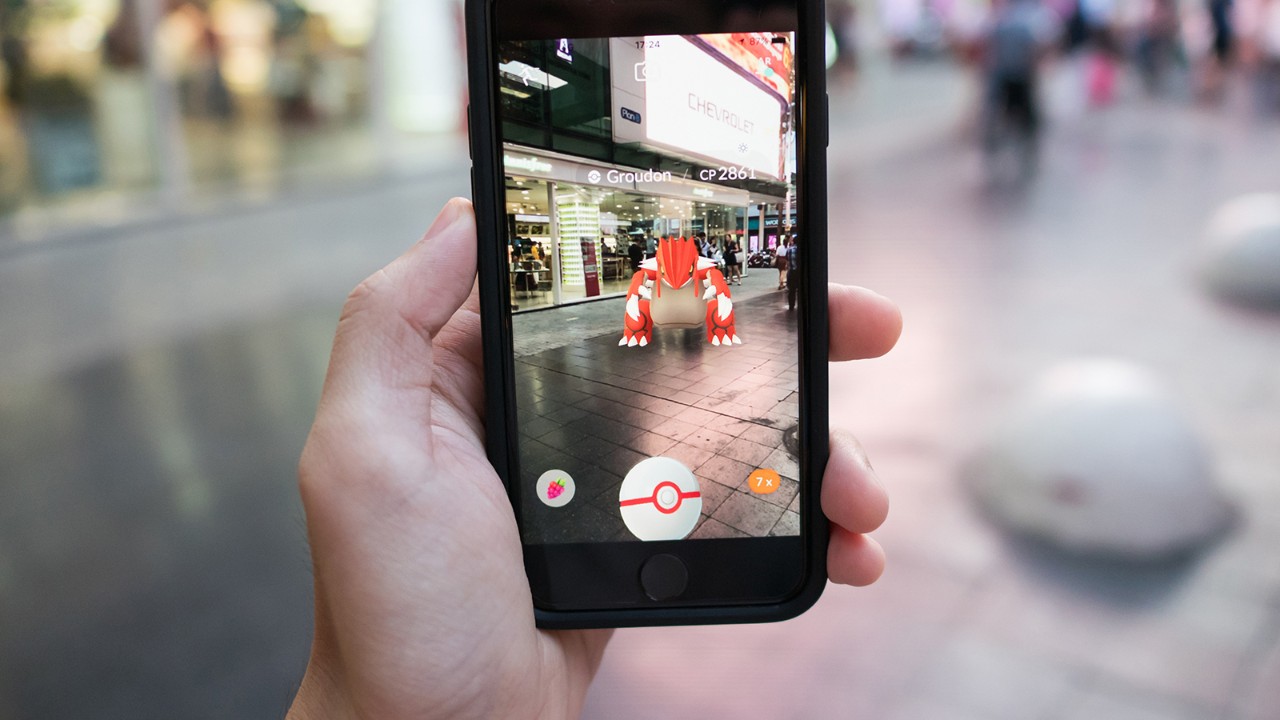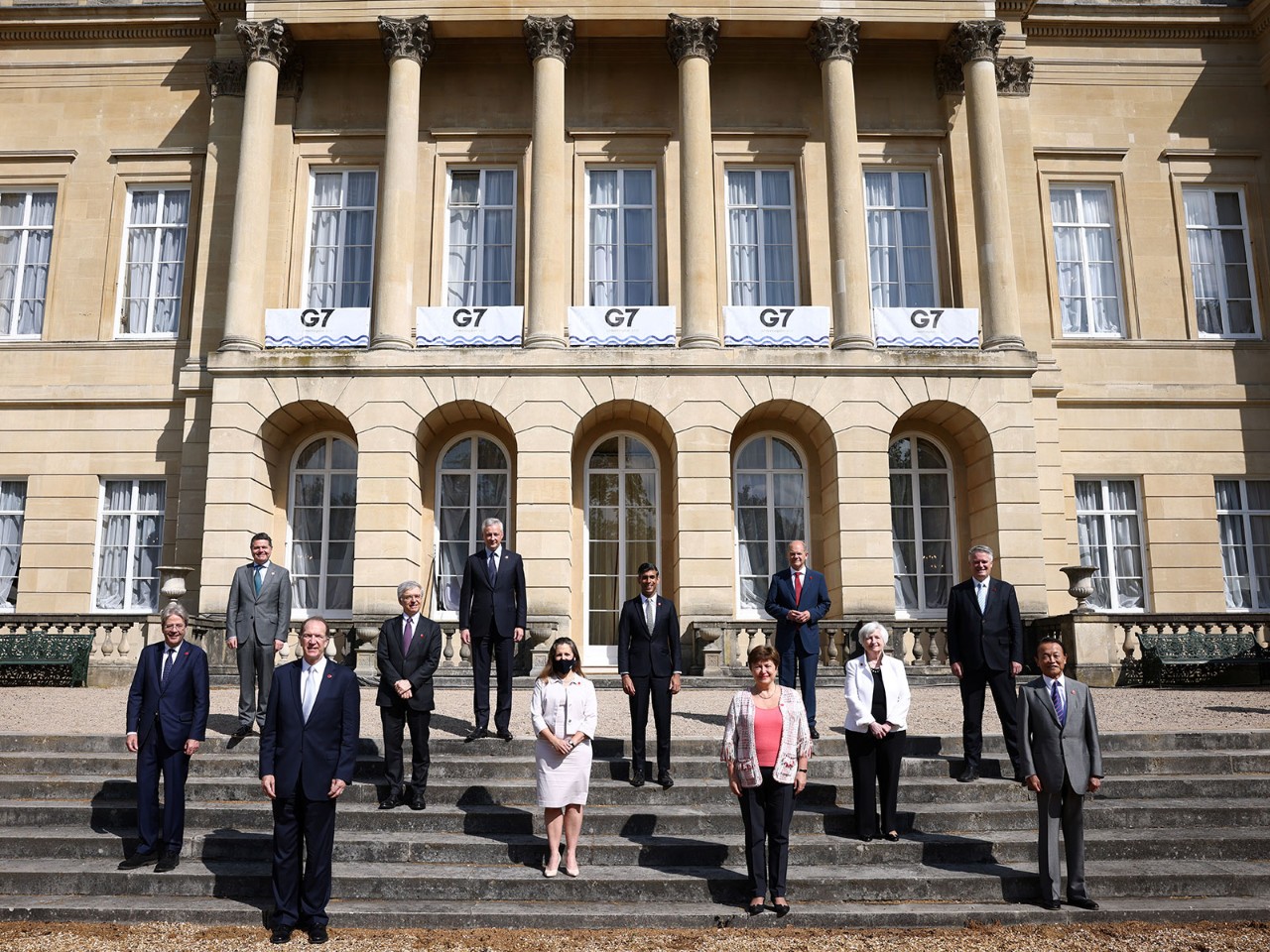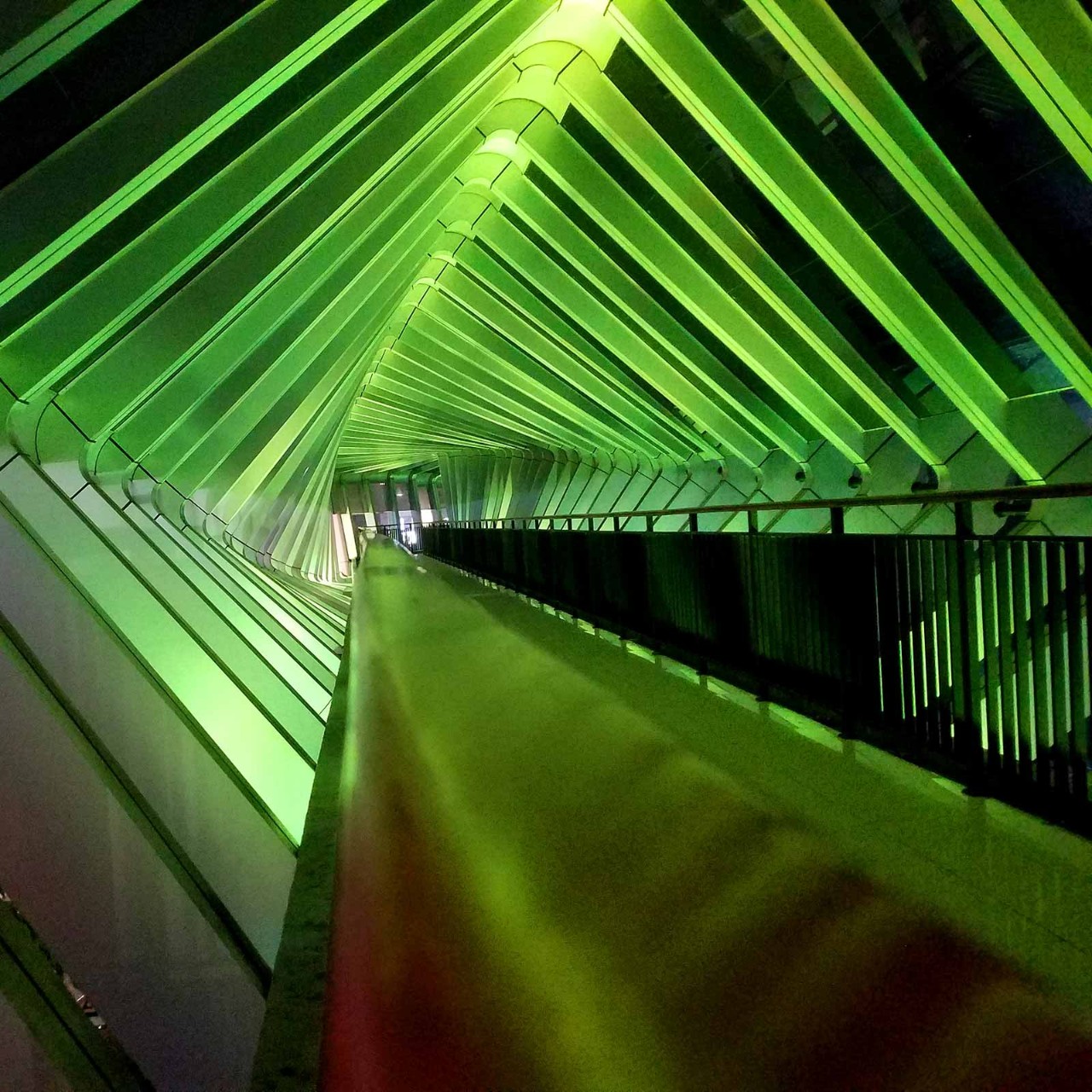
Virtual reality (VR) and augmented reality (AR) are growing industries, set to add US$1.5 trillion to global GDP by 2030. They have already contributed US$46.4bn to the global economy to date.
VR refers to a computer-generated simulation in which a person can interact and be immersed in an artificial 3D environment by using an electronic device such as special goggles or gloves fitted with sensors.
AR uses technology to superimpose information – sounds, images and text – on the world we view. It adds to the reality we ordinarily see rather than replaces it. Examples are smart glasses such as Google Glass and mobile game Pokémon Go, which has been downloaded more than one billion times.
AR versus VR
Industry applications
According to Forbes Agency Council, the top 10 industries benefiting from AR and VR are:
- e-commerce
- automotive
- fashion
- gaming
- hospitality and tourism
- events
- higher education
- policy advocacy and lobbying
- commercial and residential renovations
- furniture and home goods
For example, in the healthcare sector, AR and VR are already used to treat patients suffering from phobias and anxiety disorders. They can be used to help students access operating theatres remotely and increase the opportunities for consultation, to diagnose patients with visual and cognitive impairments by tracking eye movements, and to help people with autism develop social and communication skills.
In the automotive sector, virtual car simulation can train drivers to stay focused and take note of warning signals. Virtual showrooms are being set up to mimic car dealerships, and mechanics are adopting AR to help service cars. Virtual prototyping is being used by car manufacturers to correct design flaws.
Regions leading the way
According to statista.com, the following regions spent the most money on AR and VR in 2020.
Fast facts
- AR and VR technology have added US$46.4bn to the global economy to date and are set to add US$1.5 trillion to GDP by 2030.
- An estimated 82 million VR headsets were in use as of 2020.
- It is projected that by 2030, 23 million jobs will be using AR and VR in one way or another.
- Major players in the VR market include Sony, Samsung Electronics, Google, Microsoft, HTC and Oculus (owned by Facebook).
- The current global market size of AR and VR is US$18.8bn.



